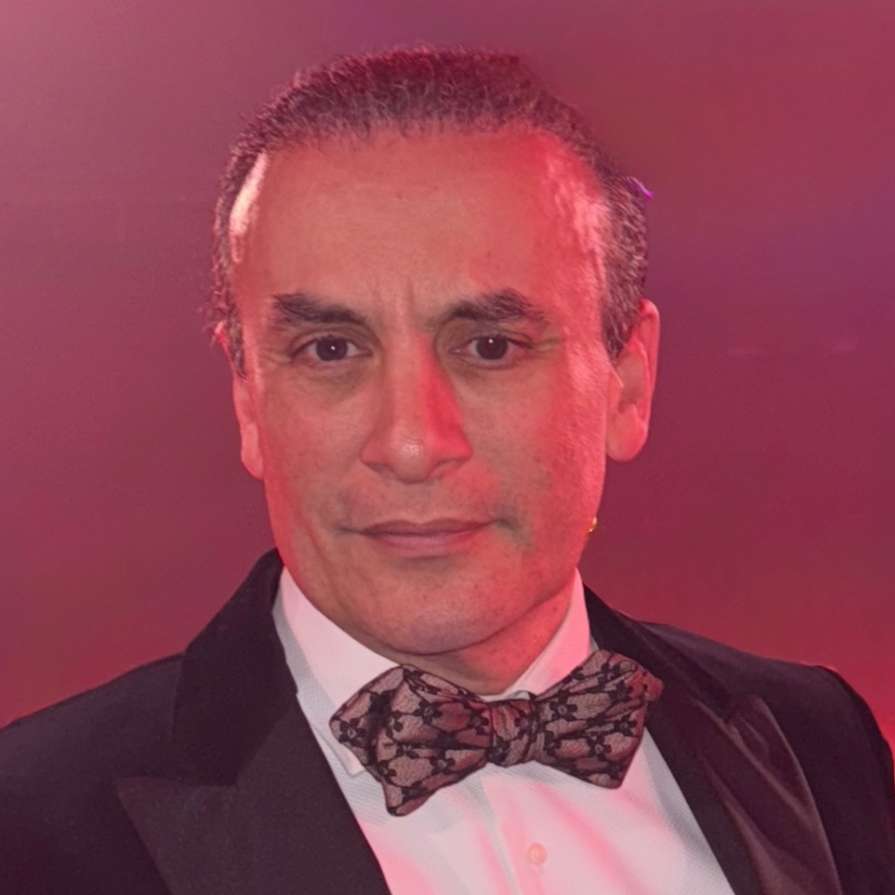VOLTAR
IMCAS World Congress 2024
IMCAS World Congress 2024
Programa
Adaptar ao meu fuso-horário a agenda da aula/congresso transmitida ao vivo
Fuso-horário de referência: (UTC+02:00) Europe, Paris
054
Refinement in the use of fat tissue
Sala: Room 342 - Level 3
Data: quinta-feira 1 fevereiro 2024 de 10:00 às 11:30
Formato: FOCUS SESSION > lectures covering a major topic of the congress
Data: quinta-feira 1 fevereiro 2024 de 10:00 às 11:30
Formato: FOCUS SESSION > lectures covering a major topic of the congress
Apresentações desta sessão
| Horas | Palestrantes | Título da apresentação | Resumo | Número |
| 10:00 | Why are you still using techniques from 1984 in facial fat grafting? | Visualizar | 130665 | |
| 10:12 | Enhancement of progenitor cells by two-step centrifugation of emulsified lipoaspirate | 130667 | ||
| 10:24 | Upper face skin rejuvenation using the helium plasma-based technologies and the SEL technology: an innovative, minimally invasive approach | 130668 | ||
| 10:36 | Smart combinations: nanofat grafting, hybrid cooperative complexes of high and low molecular weight hyaluronans, EBD, topical washing buffer | 132823 | ||
| 10:48 | Nanofat: an autologous exosome and skin booster in facial rejuvenation | 135040 | ||
| 11:00 | Superficial fat for skin and mucosa rejuvenation | 132824 | ||
| 11:12 | Discussion and Q&A | 130669 | ||










